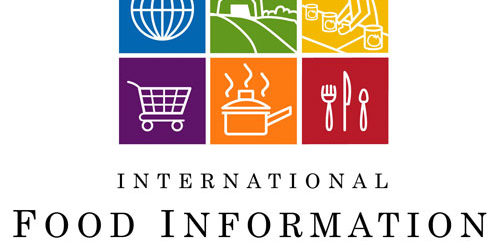Dr. Tamika Sims, director of food technology communications at The International Food Information Council shares key findings from their recent Food and Health Survey.
The majority of today’s population is several generations removed from agriculture and are often susceptible to believing myths and misinformation about how their food is produced. To help bridge the communication gap between farm and fork, it is key to first understand consumers’ relationship with food. The International Food Information Council (IFIC) Foundation’s 2017 Food and Health Survey marked the 12th installment of this signature research. This year’s survey shed light on the way consumers think about and perceive food and health, providing deep insights into food habits and purchase drivers. It investigated important issues regarding consumer confusion, the food information landscape, heath and diet, food components, food production, sustainability, and food safety. The online survey included 1,002 Americans from ages 18 to 80 and was nationally representative.
Sustainability Taking a Top Spot for More than Half of Consumers
Sustainability is a broad term, and can mean many different things to different people. Over half of Americans stated that the importance of food being produced in a sustainable way was either “very important” or “somewhat important.” To understand what consumers valued, specific to sustainability, the Food and Health survey found that reducing the amount of pesticides used to produce food, conserving the natural habitat, and conserving farmland over multiple generations were the top three reasons. Fewer consumers highlighted that the food supply was a consideration in their understanding of sustainability.
Consumers and Industry Understand Sustainability Differently
The intriguing narrative presented by these data show that the features of sustainability that consumers found least important are the aspects that the food industry is more focused on. For example, the food industry is committed to producing more food with less natural resources and has developed pledges to reduce the use of greenhouse gas emissions, and solid waste created from their products.
Confidence in Food Supply Down Slightly
The Food and Health Survey also investigated consumer trust and confidence in the food supply. More than 50% of Americans stated that they were “somewhat confident” or ”very confident” in the safety of the U.S. food supply, down slightly from last year’s survey.
Consumers were also asked what they considered to be the most important food safety issues today. Data demonstrated that foodborne illness from bacteria was the most important food safety issue, with about 25% of Americans highlighting this concern. Further, carcinogens and cancer-causing chemicals in food were ranked second on the list of food safety issues, with significantly more consumers citing this as their top concern compared last year.
Confidence in Animal Products High after Knowledge of FDA Rule
Animal antibiotics got a spotlight question this year to follow-up from the 2016 Survey. With the new FDA antibiotic rule that recently came into effect, the survey aimed to gain knowledge into changing consumer feelings towards animal products. This rule prohibits the use of growth-promotion antibiotics and states that antibiotic issuance must include veterinary oversight for the administration of certain drugs. These tactics are aimed to limit antimicrobial resistance in animals and humans. The Food and Health Survey examined if this rule altered consumer confidence in purchasing animal products as well as confidence in veterinarians and farmers using antibiotics responsibly. The survey found that just below 50% of consumers were at least “somewhat more confident” in purchasing animal products and responsible use of antibiotics by farmers and veterinarians.
If you wish to learn more insights from our survey, please follow this link to the full report.
All posts are the opinion of the author and do not necessarily represent the view of the Animal Ag Alliance.









